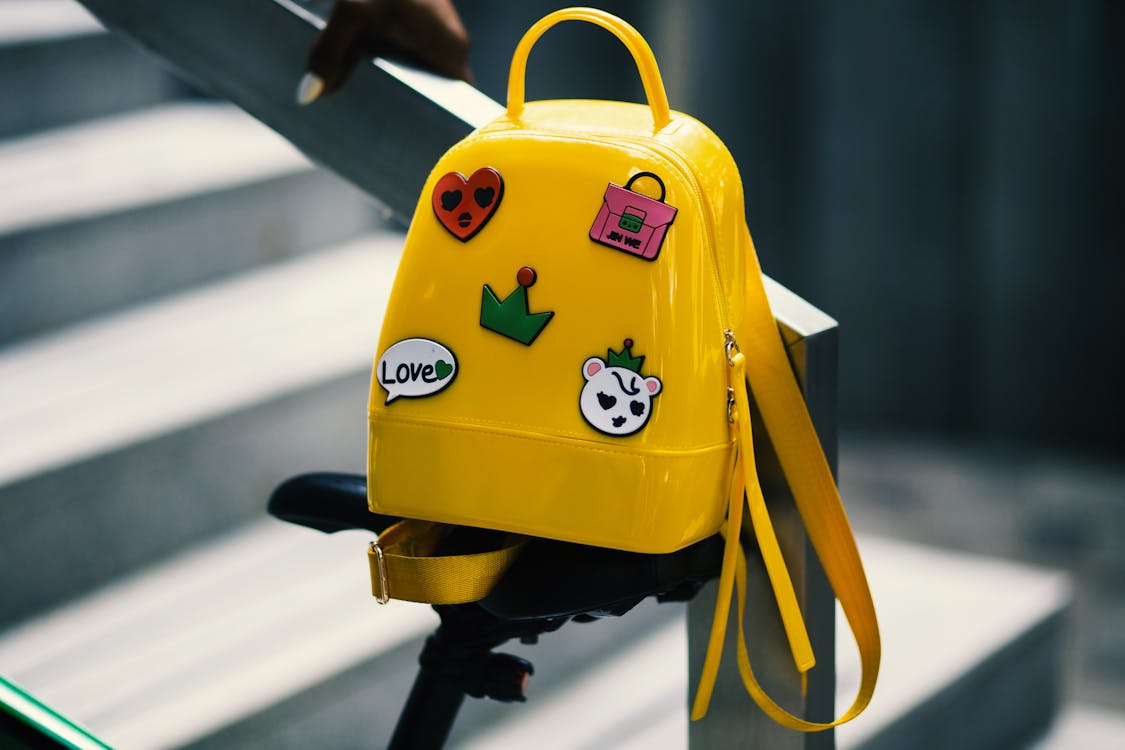Arabic Level 4, Activity 08 “What is in my Backpack / ماذا يوجد في حقيبتي؟” (Face-to-FaceOnline)

Photo via Pexels
Description:
In this activity, students will practice talking about objects usually found in a backpack, they will be able to discuss and ask questions about what is in their or in someone’s backpack, as well as discuss the place/location for an object.
Semantic Topics:
backpack, pen, pencil, book, money, phone, charger, eraser, case, apple, headphones, book, on, in, this, that. حقيبة ظهر ، قلم ، مرسام ، كتاب ، نقود ، هاتف ، شاحن ، ممحاة ، مقلمة ، تفاحة ، سماعات ، كتاب ، على ، في ، هذا ، ذاك.
Grammatical Structures:
demonstratives, possessive pronoun, proposition, اسماء الاشارة , ضمائر الملكية
Products: backpack items.
Practices: discussing items usually found in a backpack, and asking about the place of an item.
Perspectives: Enhance the demonstratives and the proposition value in Arabic.
- Standard 1.1: Students engage in conversations or correspondence in Arabic to provide and obtain information, express feelings and emotions, and exchange opinions.
- Standard 1.2: Students understand and interpret spoken and written Arabic on a variety of topics.
- Standard 2.1: Students demonstrate an understanding of the relationship between the practices and perspectives of the cultures of the Arab world.
- Standard 4.2: Students demonstrate an understanding of the concept of culture through comparisons between the cultures of the Arab world and their own
Idaho Content Standards for World Languages:
- COMM 1.1: Interact and negotiate meaning (spoken, signed, written conversation) to share information, reactions, feelings, and opinions
- COMM 2.1: Understand, interpret, and analyze what is heard, read, or viewed on a variety of topics.
- CLTR 1.1: Analyze the cultural practices/patterns of behavior accepted as the societal norm in the target culture.
- CLTR 1.2: Explain the relationship between cultural practices/behaviors and the perspectives that represent the target culture’s view of the world.
NCSSFL-ACTFL Can-Do Statements:
- I can talk about the items in my backpack, or in someone’s backpack.
- I can ask about a specific thing or object.
- I can discuss the place of an object using the possessive pronoun.
Materials Needed:
Warm-Up
- Ask students, what are the most 3 important items in their backpacks.
اسأل الطلاب ، ما هي أهم ٣ اشياء في حقائب الظهر الخاصة بهم؟
Main Activity
- Students will answer the question “What is in (someone’s) backpack?” the answer will be according to the pictures.
سيجيب الطلاب على السؤال “ماذا يوجد في حقيبة ظهر (شخص ما)؟” الجواب حسب الصور. - repeat until the slides finish.
كرر حتى تنتهي الشرائح..Wrap-Up
- Ask students about an item and it belongs to whom. and where are some items located.
اسأل الطلاب عن أحد الاشياء ولمن تعود؟ . وأين مكانها؟.
End of Activity
- Ask students about an item and it belongs to whom. and where are some items located.
- Read Can-Do statements once more and have students evaluate
their confidence.
(Use thumbs up/thumbs down or download our student cards.) - Encourage students to be honest in their self-evaluation.
- Pay attention, and try to use feedback for future activities!
NCSSFL-ACTFL Can-Do Statements:
- I can talk about the items in my backpack, or in someone’s backpack.
- I can ask about a specific thing or object.
- I can discuss the place of an object using the possessive pronoun.

